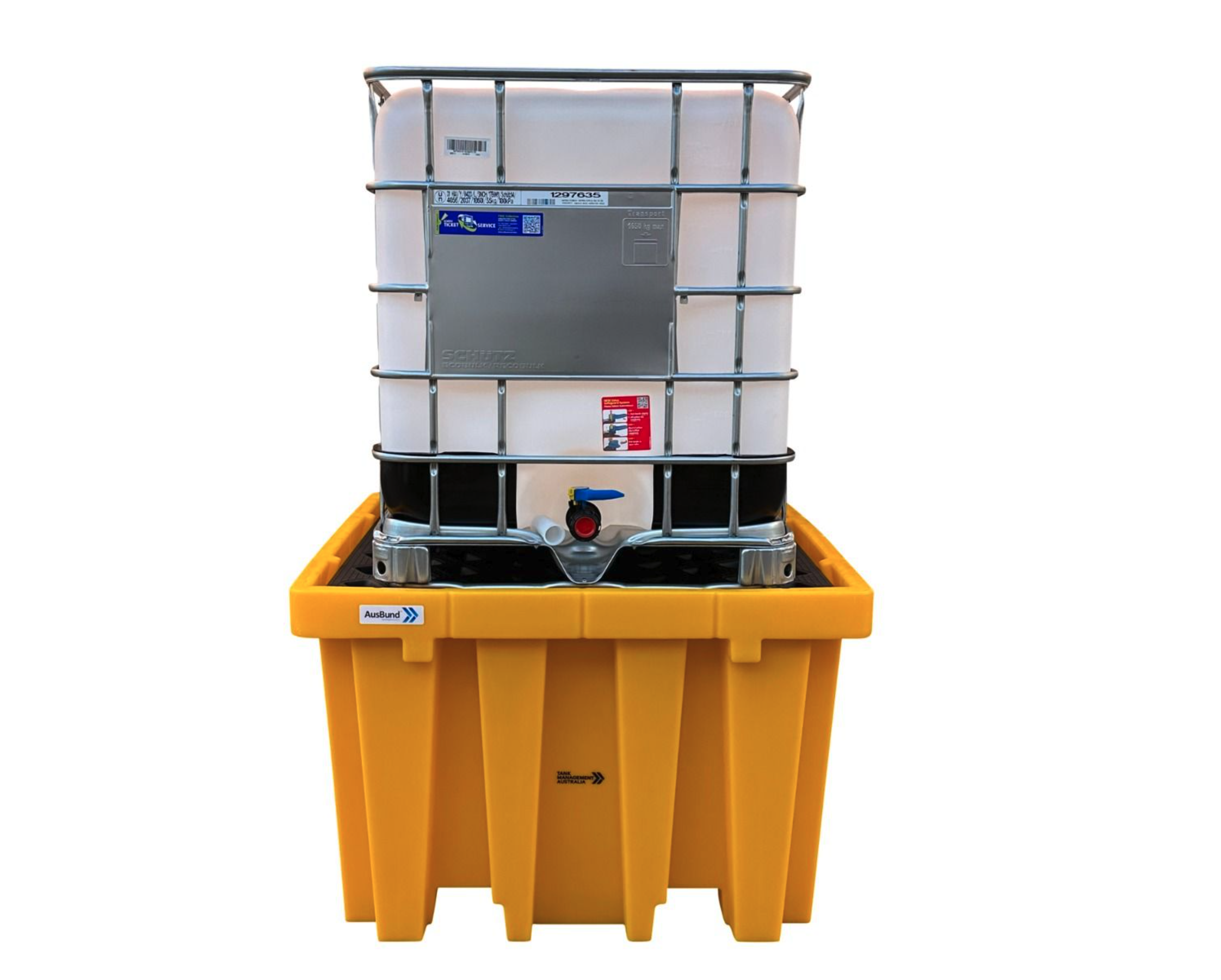
Safeguarding Our Environment: Spill Containment and Spill Clean-up Solutions
Spills are inevitable in various settings, be it industrial plants, laboratories, or everyday scenarios at home. The repercussions of these spills can range from environmental pollution to health hazards, making spill containment and clean-up solutions crucial for protecting our surroundings and ensuring the well-being of all. In this blog, we will explore the significance of spill containment and effective clean-up solutions to mitigate the impact of accidents and promote a safer environment.
The Importance of Spill Containment:
Spill containment is the first line of defense against accidental spills. In industrial facilities and places where hazardous substances are handled, spill containment systems like bunds, berms, and trays act as protective barriers. These structures are designed to confine and isolate spilled liquids, preventing them from spreading to sensitive areas or contaminating soil and water sources.
Types of Spill Containment Solutions:
1. Spill Containment Bunds
Bunds are structures that surround storage tanks or equipment to contain potential spills. They can be made of various materials like concrete, steel, or plastic. Bunds are especially vital in industries dealing with chemicals, oils, and fuels, where a spill can have severe consequences. By ensuring containment, bunds minimize the risk of accidents and help companies comply with environmental regulations.
2. Spill Berms:
Spill berms are flexible barriers often used in temporary or mobile spill containment situations. They are typically made of durable materials and can be easily deployed around equipment or areas where spills are likely to occur. Spill berms are particularly useful in response to sudden leaks or during fueling operations.
3. Spill Trays and Pallets:
Spill trays and pallets are used to contain small containers of hazardous liquids. These are commonly employed in laboratories, workshops, and storage areas to prevent minor spills from spreading and causing harm.
Effective Spill Clean-up Solutions:
While containment is essential, having efficient spill clean-up solutions is equally vital. Timely and proper clean-up minimizes the impact of spills on the environment and reduces risks to human health. Here are some key steps in spill clean-up:
1. Safety First:
Before attempting any clean-up, ensure that appropriate personal protective equipment (PPE) is worn. This may include gloves, goggles, and protective clothing to safeguard against hazardous substances.
2. Containment and Absorption:
Use absorbent materials like spill kits, absorbent pads, or booms to contain and absorb the spilled liquid. These materials effectively soak up the liquid, making it easier to manage and dispose of properly.
3. Neutralization:
In the case of chemical spills, use suitable neutralizing agents to safely neutralize the spilled substance before clean-up. This helps prevent the potential harmful effects of the chemical.
4. Disposal:
After absorbing the spilled liquid, ensure proper disposal according to local regulations for hazardous waste. It is essential to follow proper disposal procedures to protect the environment and prevent further contamination.
Spill containment and cleanup solutions are vital components of any safety and environmental management plan. By employing effective spill containment measures and following proper cleanup protocols, we can prevent accidents, safeguard our environment, and ensure a healthier and safer world for present and future generations.
Embracing these spill control measures is not only a responsibility but also a proactive step towards preserving our natural resources and minimizing the impact of human activities on the planet. Let's work together to make spill containment and cleanup a priority in every setting to protect our environment and ensure a sustainable future.







 Previous article
Previous article